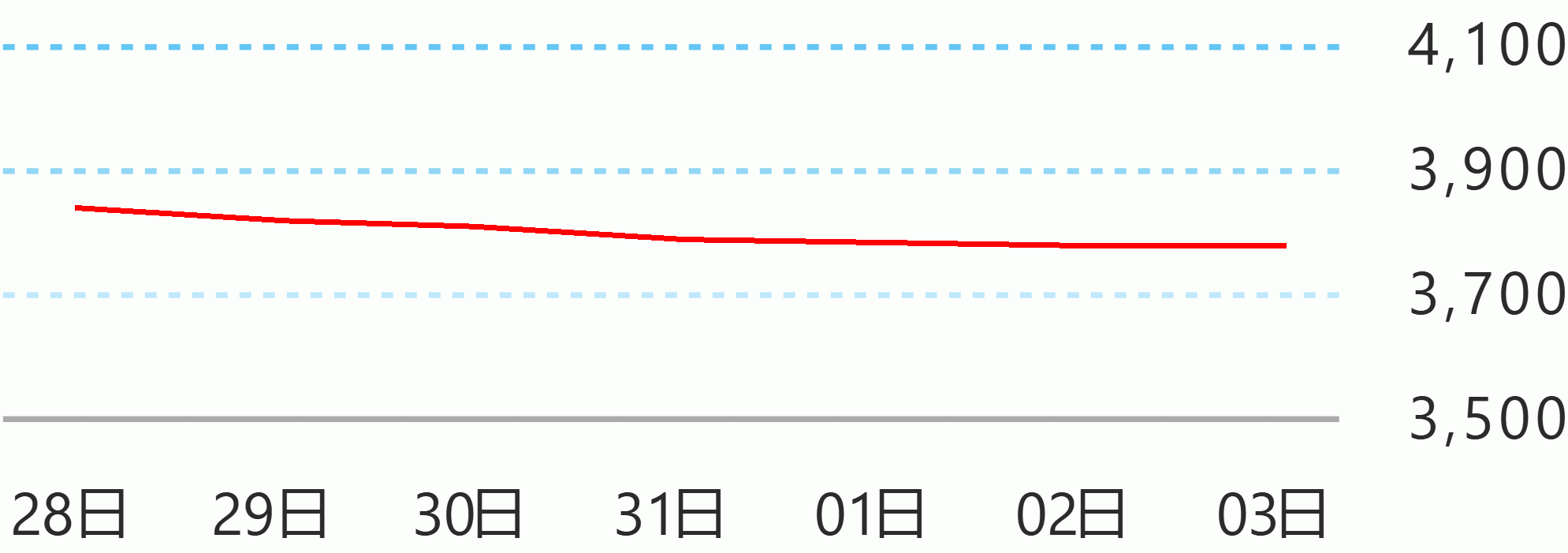Total external debt (EDT) stood at $117.9 billion as of end-June, down by $894 million (or 0.8 percent) from the $118.8 billion level as of end-March.
This brought the external debt ratio, EDT expressed as a percentage of gross domestic product, to 28.5 percent from the previous quarter’s 29 percent.
Other key external debt indicators also remained at manageable levels. Gross international reserves (GIR) stood at $99.4 billion as of end-June and represented 5.7 times cover for short-term (ST) debt based on the original maturity concept.
The debt service ratio (DSR), which relates principal and interest payments (debt service burden) to exports of goods and receipts from services and primary income, rose to 110 percent from 4.6 percent for the same period last year due to higher recorded repayments in the second quarter of 2023.
The DSR and the GIR cover for ST debt are measures of the adequacy of the country’s foreign exchange (FX) resources to meet maturing obligations.
The decline in the debt level during the second quarter was due mainly to the impact of the US dollar appreciation against other currencies amid further monetary policy tightening by the Federal Reserve.
This reduced the US dollar equivalent of borrowings denominated in other currencies (i.e., negative FX revaluation) by $963 million. The sale of Philippine debt papers by non-residents to residents also decreased the debt stock by $305 million. These offset prior periods’ adjustments of $264 million and net availments of $110 million.
Year-on-year, debt stock rose by $10.2 billion. The increase was driven by: (a) total net availments of $7.8 billion, bulk of which were from the National Government (NG, $7.9 billion); (b) the change in the scope of the external debt to include non-residents’ holdings of Peso-denominated debt securities issued onshore ($3.7 billion); and (c) prior periods’ adjustments of $312 million.
Meanwhile, the transfer of Philippine debt papers issued offshore from non-residents to residents of $1.3 billion and negative FX revaluation of $295 million partially tempered the year-on-year increase in the debt stock.
As of end-June , the maturity profile of the country’s external debt remained predominantly medium- and long-term (MLT) in nature (those with original maturities longer than one year), with share to total at 85.3 percent ($100.6 billion).
Relative to previous quarter, the weighted average maturity for all MLT accounts remained at 17.3 years, with public sector borrowings having a longer average term of 20.1 years compared to 7.2 years for the private sector.
On the other hand, ST accounts [or those with original maturities of up to one year accounted for 14.7 percent of the outstanding debt stock and comprised mainly of bank liabilities, trade credits and others.
Of the MLT accounts, 57.2 percent ($57.5 billion) have fixed interest rates, 41.2 percent ($41.4 billion) carry variable rates, and 1.7 percent ($1.7 billion) are non-interest bearing.
Public sector external debt decreased to $74.5 billion (or by $686 million) in the second quarter of 2023 from the previous quarter’s $75.2 billion level. Its share to total slightly dropped to 63.2 percent from 63.3 percent a quarter ago.
About $67.7 billion (90.9 percent) of public sector obligations were NG borrowings, while the remaining $6.8 billion pertained to borrowings of government-owned and controlled corporations, government financial institutions and the BSP.
Similarly, private sector debt declined by $208 million from $43.6 billion as of end-March to $43.4 billion as of end-June, albeit its share to total slightly increased from 36.7 percent to 36.8 percent. This was driven mainly by net repayments of $630 million and negative FX revaluation of $67 million, offsetting the impact of prior periods’ adjustments of $263 million and the sale of Philippine debt papers by residents to non-residents of $226 million.
Major creditor countries were: Japan ($13.3 billion), United States of America ($4.1 billion), and United Kingdom ($3.7 billion).
Loans from official sources [multilateral ($32.0 billion) and bilateral creditors ($12.6 billion)] had the largest share (37.9 percent) out of the total outstanding debt, followed by borrowings in the form of bonds/notes ($40.7 billion or 34.5 percent) and obligations to foreign banks and other financial institutions ($25 billion or 21.2 percent). The rest ($7.5 billion or 6.4 percent) were owed to other creditors (mainly suppliers/exporters).
In terms of currency mix, debt stock remained largely denominated in US dollar ($90.4 billion or 76.7 percent of total) and Japanese yen ($9.3 billion or 7.9 percent of total). The remaining share of 15.4 percent pertained to 16 other currencies, including the Philippine peso, the euro, and Special Drawing Rights. BSP





 English
English









